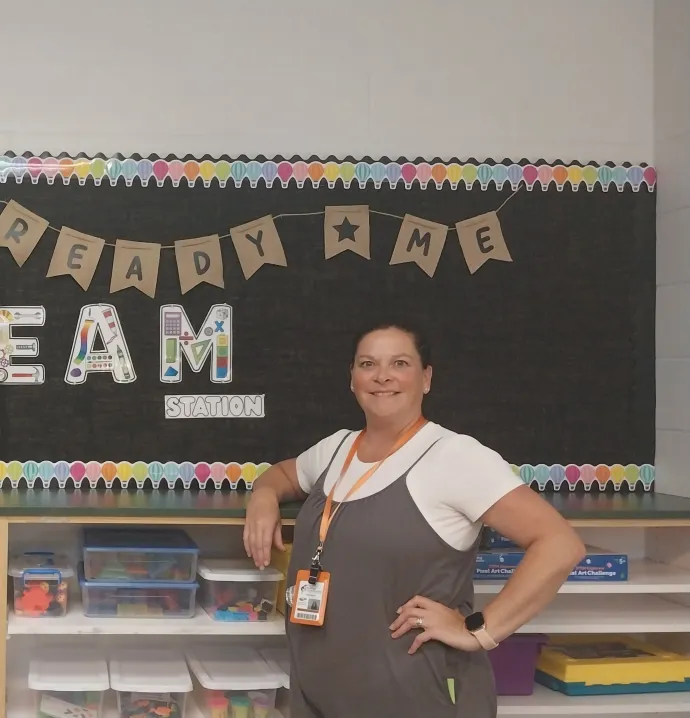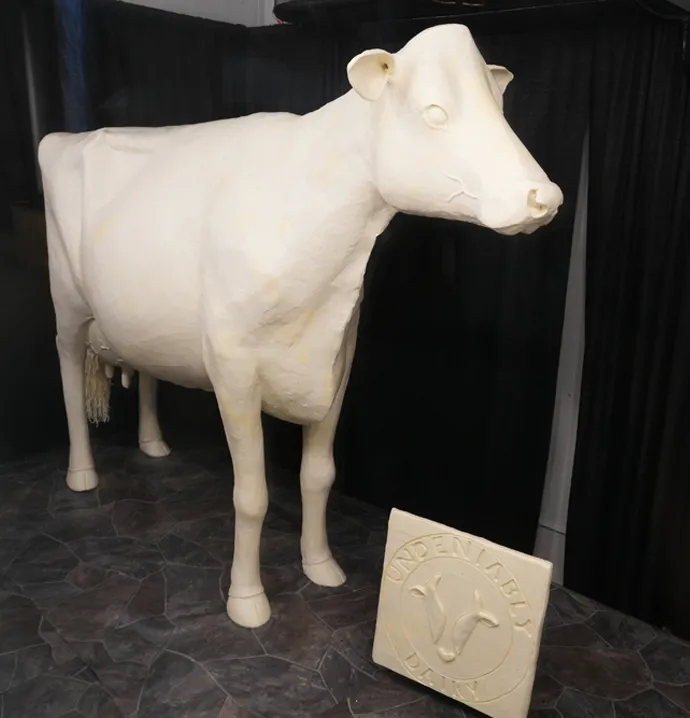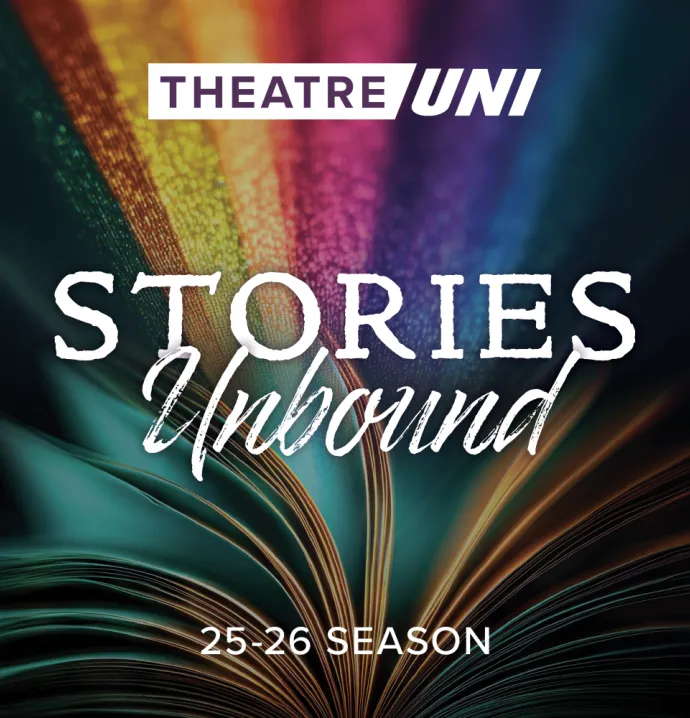Making math count
Making math count
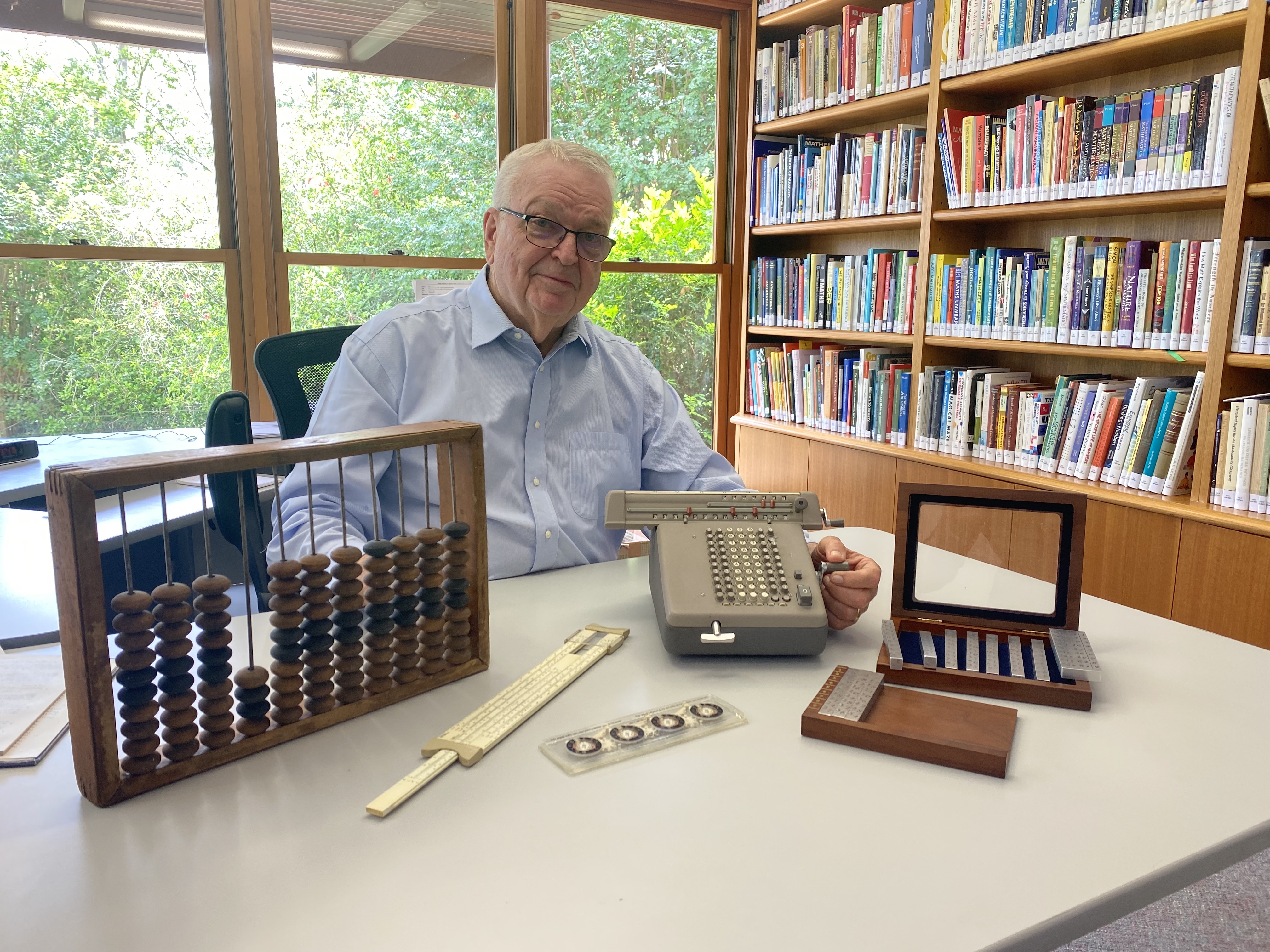
Did you know that modern GPS is based on the mathematical concept of degrees, which dates back to the ancient Babylonians?
UNI alumnus Calvin Irons knows all about math, its history and how it relates to the current world, and he wants to share that knowledge with others.
He spent his career teaching math and writing textbooks used in schools around the world. He is a co-founder of ORIGO Education, a publisher of mathematics books with offices in Missouri, Canada, Thailand and Australia, where he currently resides. But his most recent passion is building a unique space that brings the history and fascinating world of math to those who visit.
Irons’ newest vision, The Mathematics Gallery, is under construction in Brisbane, Australia. It will be one of few math museums in the world, the most famous of which is the National Museum of Mathematics in New York City. Irons’ museum will have a different approach than others, fueled by a desire to make math exciting for all audiences.
“The concept of mathematics is fairly narrow in the mind of many people, so we wanted to make sure the community is more aware of what mathematics has been about and is about,” Irons explained. “We’re trying to make people realize where mathematics came from, and acquaint people with its history and reality, while making it interesting.”
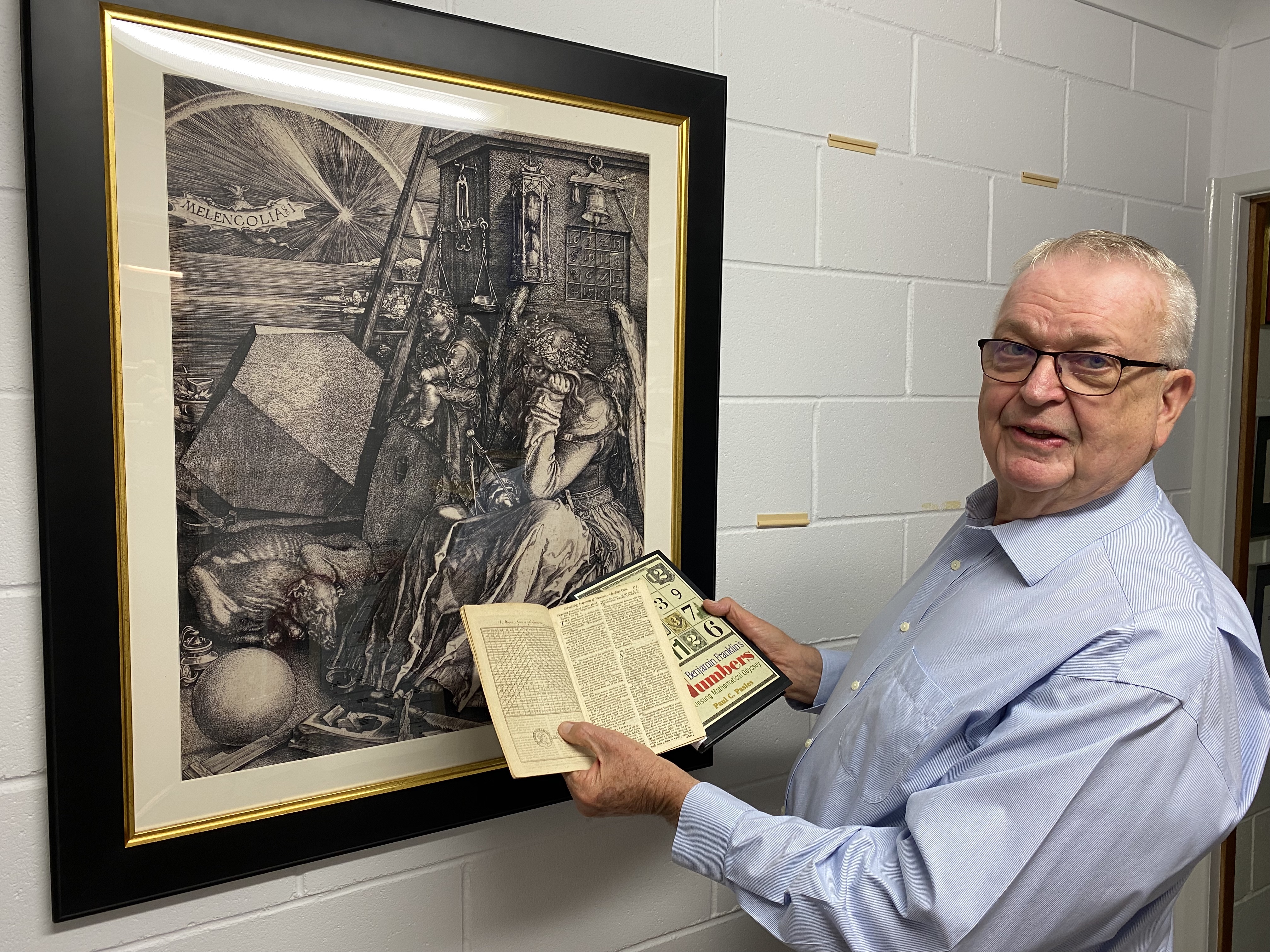
Before Irons found his way across an ocean, his story began on a farm in small-town Iowa. The oldest child in his family, his father pushed him to go to college. He was interested in teaching, so he applied to the Iowa State Teachers College (which is now the University of Northern Iowa). He wasn’t sure what he wanted to teach but found an interest in mathematics and took all of the undergraduate math classes that were offered. Irons graduated with his BA in middle/high school education in 1965.
Then the space race prompted the college to undertake higher studies of science and mathematics, so they added more courses and Irons joined them.
“There was a lot of incentive to stay on after I did my bachelor’s degree,” Irons said. “I remember those teachers in mathematics. They were very good.”
He continued on to complete his MA in math in 1967. After more math study in Hawaii, he headed to Indiana University to get his PhD, where he also met his future wife, Rosemary. From there, things took an unexpected turn.
“As a graduate student, I shared an office with an Australian,” Irons said. “He convinced me to come.”
He spent a year in Australia getting settled, and then Rosemary, also a mathematics educator, joined him. They got married in Australia. He was employed teaching at Queensland University of Technology in the education and mathematics departments and was an educator there for 39 years. His wife taught at the same university.
The couple bought two pieces of land in Brisbane in 1993. Brisbane, located on the east coast of Australia, is home to 2.2 million people and a popular travel locale for visitors. The Irons partnered with another couple and planted grapes on one plot in 1998, turning it into a vineyard. They then built Ocean View Estates, a winery and restaurant, on the same land. It’s now an award-winning tourist destination that employs 30 people, and they use their grape harvests to make and sell their own wine. That second neighboring piece of land is where the museum dedicated to mathematics is currently under construction.
The Mathematics Gallery will be free to visit with the exception of a small fee for tour groups. It will feature works of art, a giant interactive wall, and an extensive library with over 6,000 books, one-fourth of which are older than 1850, dating all the way back to the year 1600. Newer books will be available to study and be showcased in themed displays, while the older ones will be more protected and not available to the general public.
Designed to be a self-sufficient experience for the visitors, the gallery has an outer section featuring different historic cultures in mathematics, starting with Mesopotamia and moving through pre-European mathematics up to the 1500s. The inner gallery will house math in the current era, tying in things like digital technology and coding, and showing how math is used in everyday life.
Over 80 pieces of art, some well-known, will be on display throughout the gallery. Irons commissioned a Hand of Plato sculpture for outside, featuring the five platonic solids, one on each finger. Some of the displays in the gallery will rotate periodically, featuring timely displays and current interests.
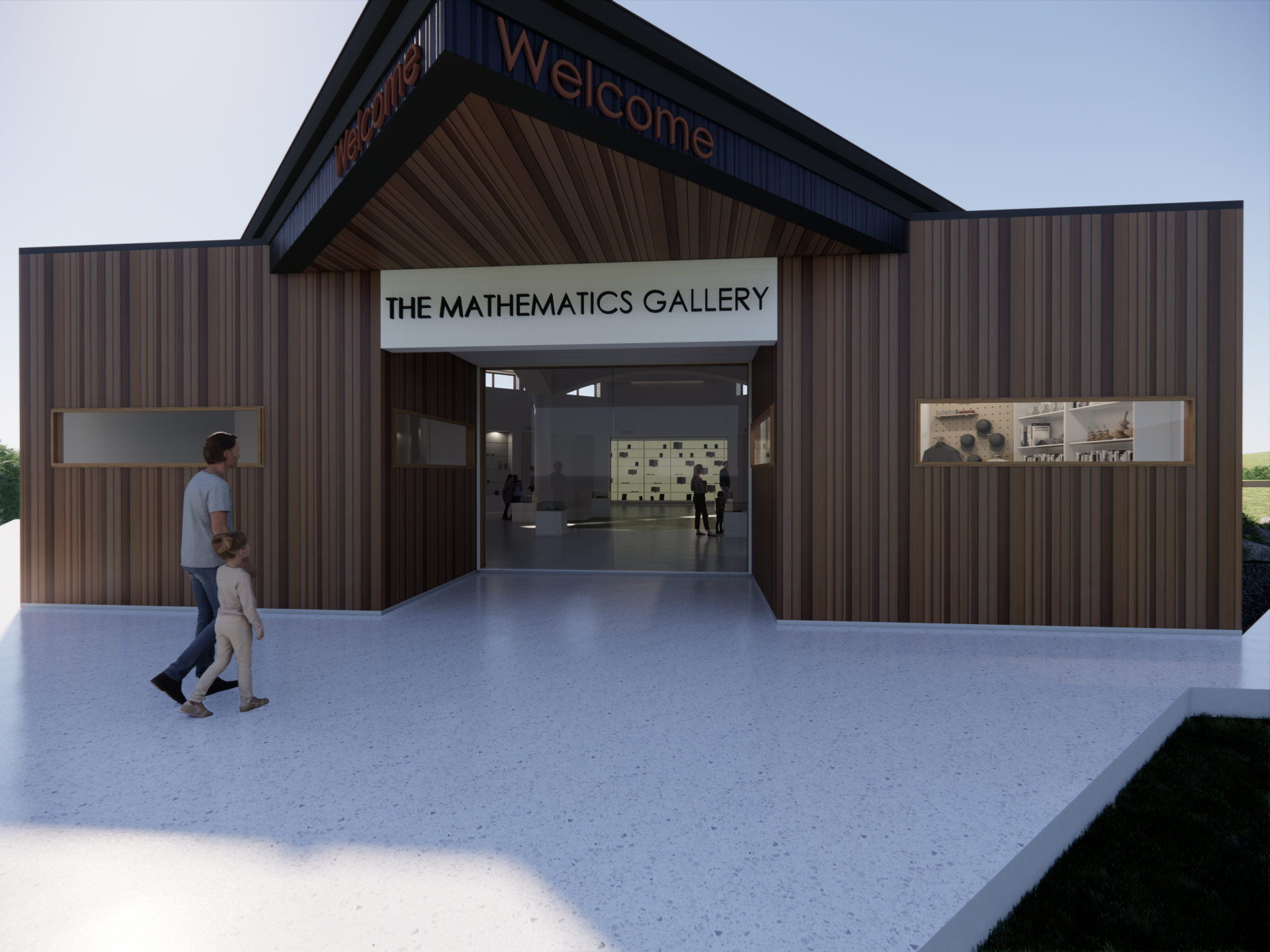

While the idea for the gallery came in 2017, the decision to build the gallery happened in early 2020. Despite some setbacks, construction has been proceeding steadily and interior work is in the finishing stages. The anticipated opening date is in May.
Irons anticipates many school tours and visitors will come to learn about math. He hopes to form a partnership with a local college and recruit volunteers to lead tours. Prepared activity worksheets will add an extra challenge and turn a visit into a cohesive, engaging experience.
The couple has also started a foundation to promote good educational practices within the discipline of mathematics. The Mathema Foundation seems another appropriate extension of their work, seeing as the Irons have taught more than 25,000 students at the Queensland University of Technology between them and both have written and developed educational materials for math, authoring and publishing over 600 books.
After dedicating their lives to math and teaching, The Mathematics Gallery will be a lasting contribution to educating both young and old in the excitement of math and how ancient concepts are still used in everyday life. Most of the books and artifacts that will be housed in the museum are from the Irons’ private collection, brought to Australia from across the globe, including some from Irons’ time in Iowa.
“We wanted to be able to show people that this is what mathematics can be,” he said. “Rosemary and I have no children, so this is what we’re leaving for people.”


